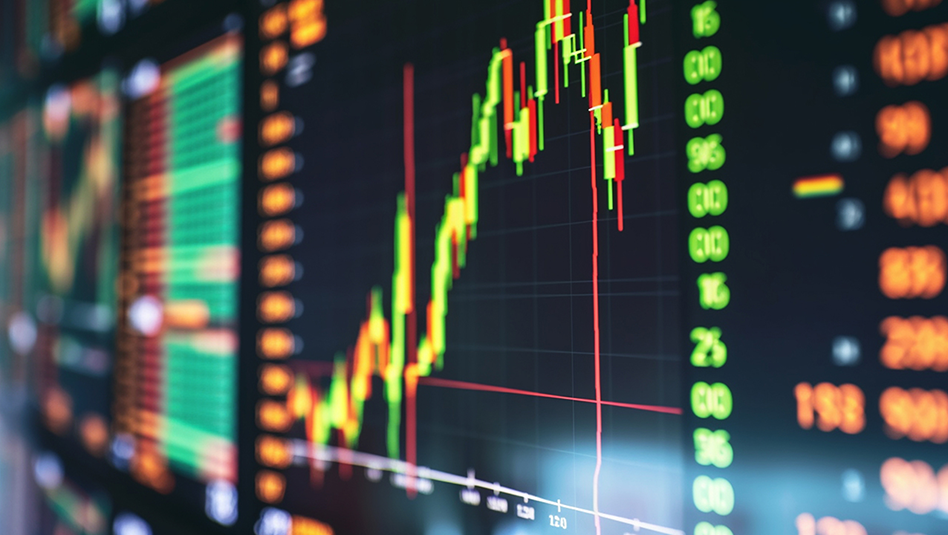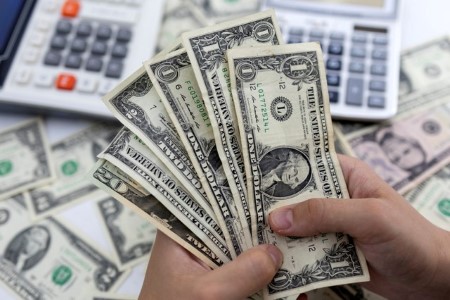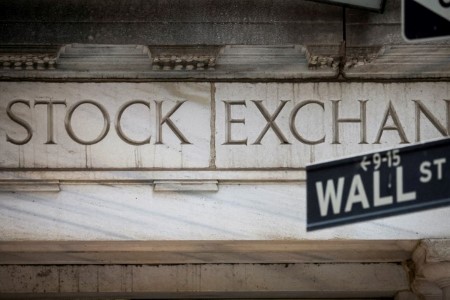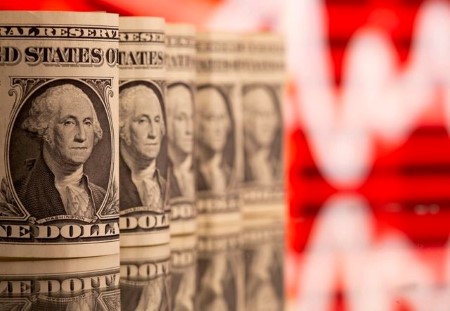SINGAPORE, Jan 11 (Reuters) – Asian equities edged higher on Wednesday, while the dollar steadied as investors braced for US inflation data that will influence the Federal Reserve’s interest rate policy.
MSCI’s broadest index of Asia-Pacific shares outside Japan was 0.28% higher, while Japan’s Nikkei gained 1%. Australia’s S&P/ASX 200 index rose 0.80%.
While China’s reopening from pandemic controls has boosted investor sentiment, with stocks in the country and Hong Kong starting the year with a strong rally, some investors have booked profits on doubts over the sustainability of the market’s rebound.
China’s stocks opened 0.1% higher while Hong Kong’s Hang Seng index gained 0.6% at the start of the day.
Overnight, US stocks ended higher as investors heaved a sigh of relief after Fed Chair Jerome Powell refrained in a speech from commenting on rate policy but said the Fed’s independence was essential for it to battle inflation.
“With some expectations that Powell would likely pushback on the easing financial conditions, equity markets celebrated the lack of any clear guidance on policy direction,” Saxo strategists said.
Investor attention will squarely be on the US consumer price index (CPI), scheduled to be released on Thursday. The data is expected to show December’s headline annual inflation at 6.5%, versus 7.1% in November.
Thursday’s data will be crucial in determining what the Fed is likely to do with interest rates in its next meeting at the start of next month.
The US central bank raised interest rates by 50 basis points in December after four straight 75 bps hikes in 2022 but has reiterated that it will keep rates higher for longer to tame inflation.
Investors are betting that the upcoming inflation report could show further deceleration, potentially giving the Fed room to slow the pace of interest rate rises, said Stephen Wu, economist at Commonwealth Bank of Australia.
Saxo strategists said despite Powell’s relative silence on policy outlook, there were other Fed and non-Fed speakers on Tuesday who continued to sound hawkish and raising alarms on inflation.
Federal Reserve Governor Michelle Bowman said on Tuesday the central bank would have to raise interest rates further to combat high inflation and that would likely lead to softer job market conditions.
JPMorgan Chase & Co Chief Executive Officer Jamie Dimon said heightened economic uncertainties might encourage the Federal Reserve to raise interest rates to 5%.
In the foreign exchange market, the Australian dollar was 0.3% higher after data showed the annual pace of inflation had increased to 7.3% in November. The New Zealand dollar rose 0.2%.
The dollar index, which measures the dollar against six major currencies, rose 0.058% to 103.31, hovering close to seven-month low.
The Japanese yen weakened 0.05% to 132.33 per dollar, while sterling was last trading at USD 1.2146, down 0.07% on the day.
The yield on 10-year Treasury notes was down 1.3 basis points to 3.606%, while the yield on the 30-year Treasury bond was down 1.5 basis points to 3.739%.
The two-year US Treasury yield, which typically moves in step with interest rate expectations, was down 1.7 basis points at 4.241%.
US crude fell 0.71% to USD 74.59 per barrel and Brent was at USD 79.56, down 0.67% on the day.
(Reporting by Ankur Banerjee; Editing by Bradley Perrett)







 DOWNLOAD
DOWNLOAD









